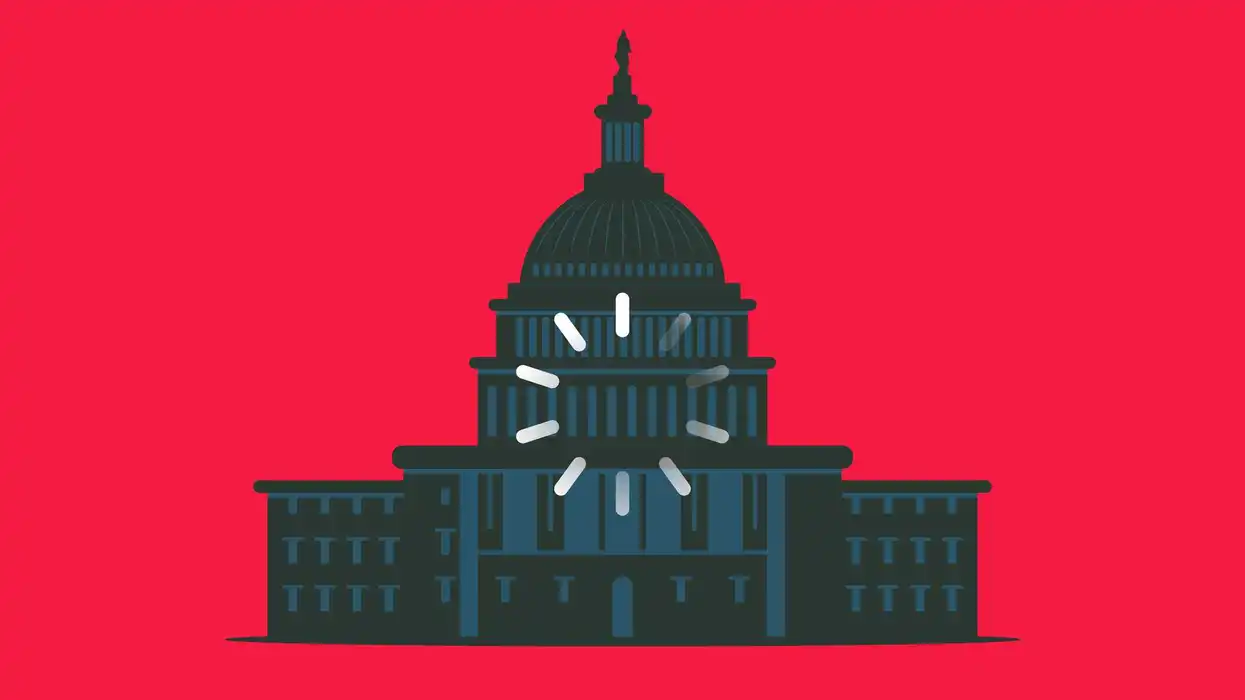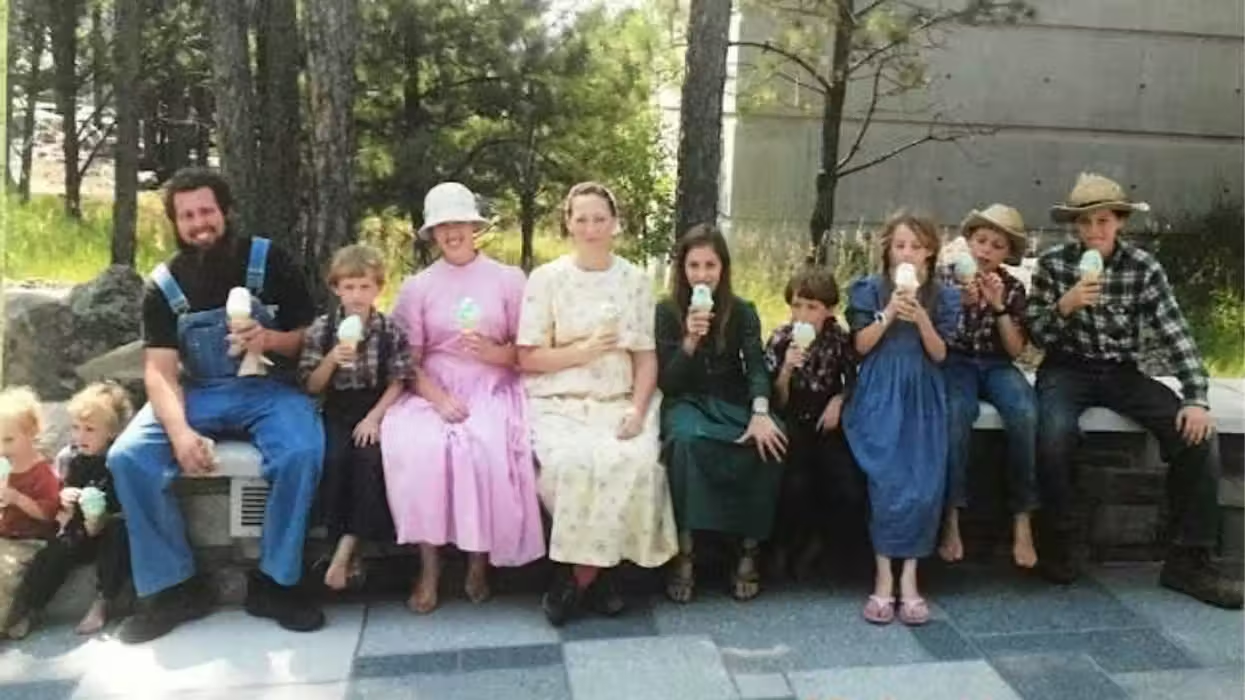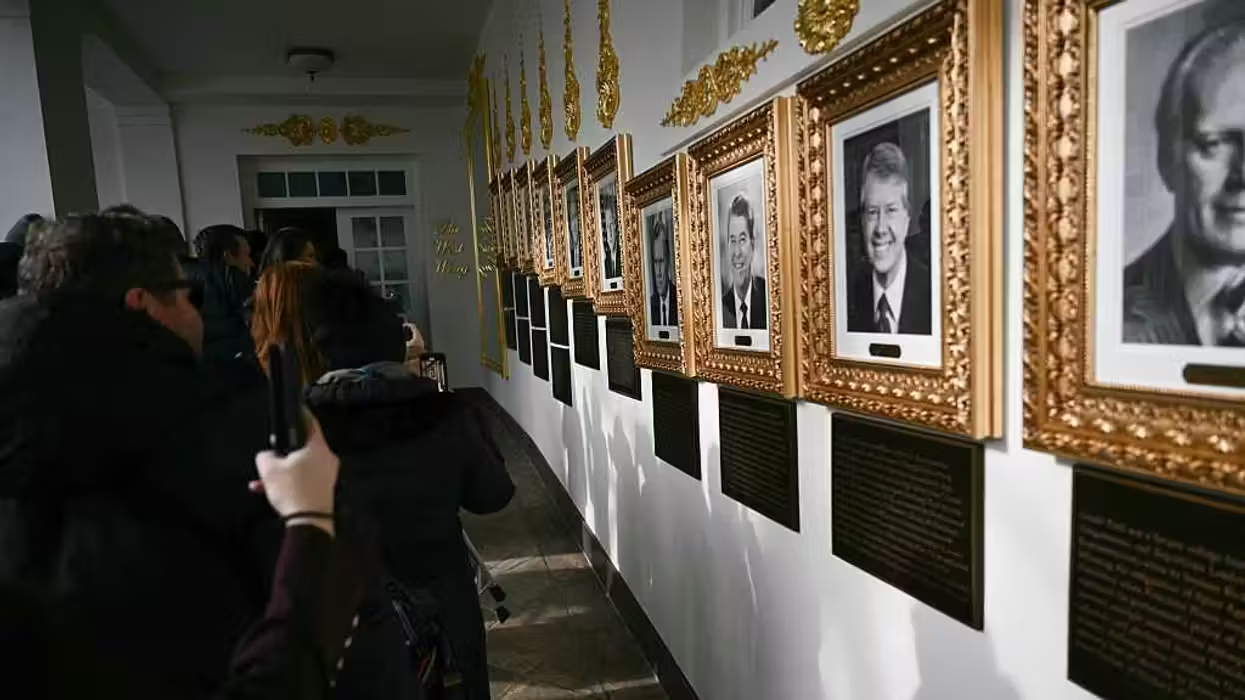
© 2025 Blaze Media LLC. All rights reserved.
"Was not led by legislation or moments of dramatic change in the law."
Analysis of 150 years of criminal trial records has historians saying that it wasn't necessarily laws in the 18th century into the early 20th century that resulted in a shift away from violent crime, but it was a change in culture overall.
 A trial at Old Bailey in the 1800s. (Image source: University of Sussex)
A trial at Old Bailey in the 1800s. (Image source: University of Sussex)
Analyzing 20 million words that were recorded in trials that took place at London’s Old Bailey, a criminal court, from 1760 to 1913, researchers from the University of Sussex found a shift in language used to describe violent versus non-violent crimes in court. What's more the punishments for violent or non-violent crimes earlier on resulted in punishments of similar severity.
"We show how, beginning around the 1800s, trials for violent and nonviolent offenses become increasingly distinct. Driven by a shifting set of underlying signals, this long-term shift in the underlying norms of the system involves both changes in bureaucratic practice and in civil society as a whole," the authors wrote.
By the 1840s, crimes that involved any sort of "wounding" of a victim were punished more severely.
Here's how the researchers analyzed the words to reach their conclusion regarding a culture shift compared to legislation, according to the study abstract published in the Proceedings of the National Academy of Sciences, which called the time period a "civilizing process":
By coarse-graining the spoken word testimony into synonym sets and dividing the trials based on indictment, we demonstrate the emergence of semantically distinct violent and nonviolent trial genres. We show that although in the late 18th century the semantic content of trials for violent offenses is functionally indistinguishable from that for nonviolent ones, a long-term, secular trend drives the system toward increasingly clear distinctions between violent and nonviolent acts. We separate this process into the shifting patterns that drive it, determine the relative effects of bureaucratic change and broader cultural shifts, and identify the synonym sets most responsible for the eventual genre distinguishability.
“Scholars using traditional historical methodologies have ascribed this to the ‘civilising process’ of society, led by the emergence of the modern Western state and its bureaucracies. The state became important in the control of cultures that encouraged violence, and in the direct policing and control of violence itself," historian Tim Hitchcock said in a statement.
“What we have been able demonstrate through analysing the language used in court is that the decline in less serious forms of violence, such as assault, was not led by legislation or moments of dramatic change in the law, but by social attitudes.”
(H/T: Reddit)
--
Front page image via Shutterstock.
Want to leave a tip?
We answer to you. Help keep our content free of advertisers and big tech censorship by leaving a tip today.
Want to join the conversation?
Already a subscriber?
more stories
Sign up for the Blaze newsletter
By signing up, you agree to our Privacy Policy and Terms of Use, and agree to receive content that may sometimes include advertisements. You may opt out at any time.
Related Content
© 2025 Blaze Media LLC. All rights reserved.
Get the stories that matter most delivered directly to your inbox.
By signing up, you agree to our Privacy Policy and Terms of Use, and agree to receive content that may sometimes include advertisements. You may opt out at any time.






